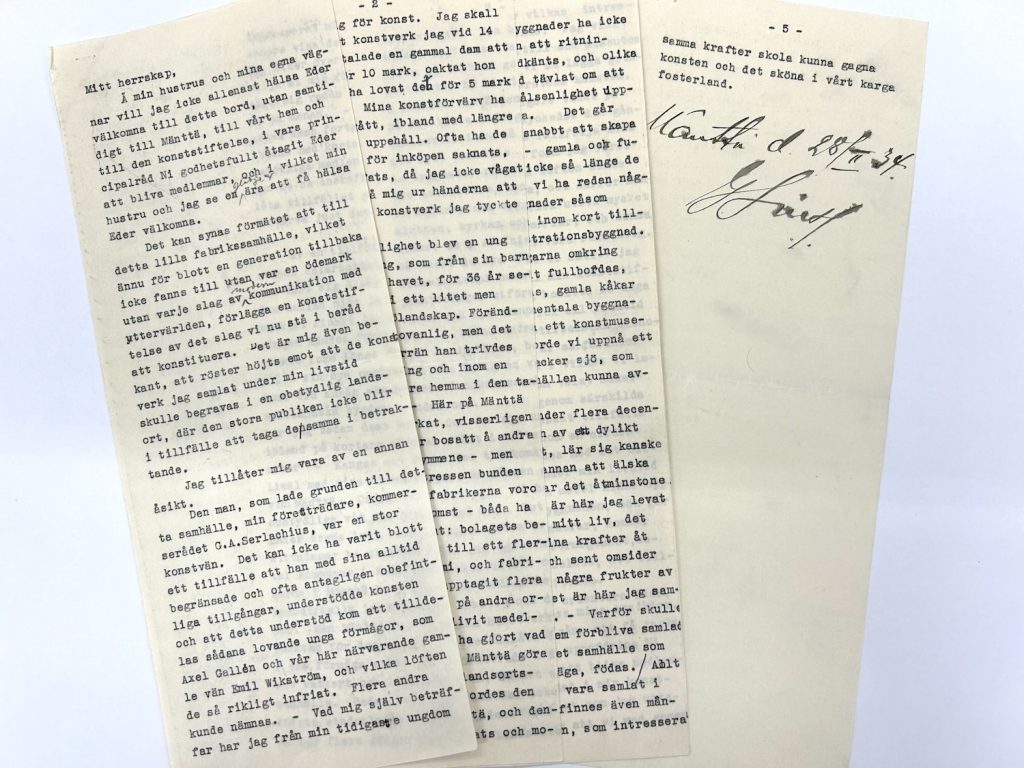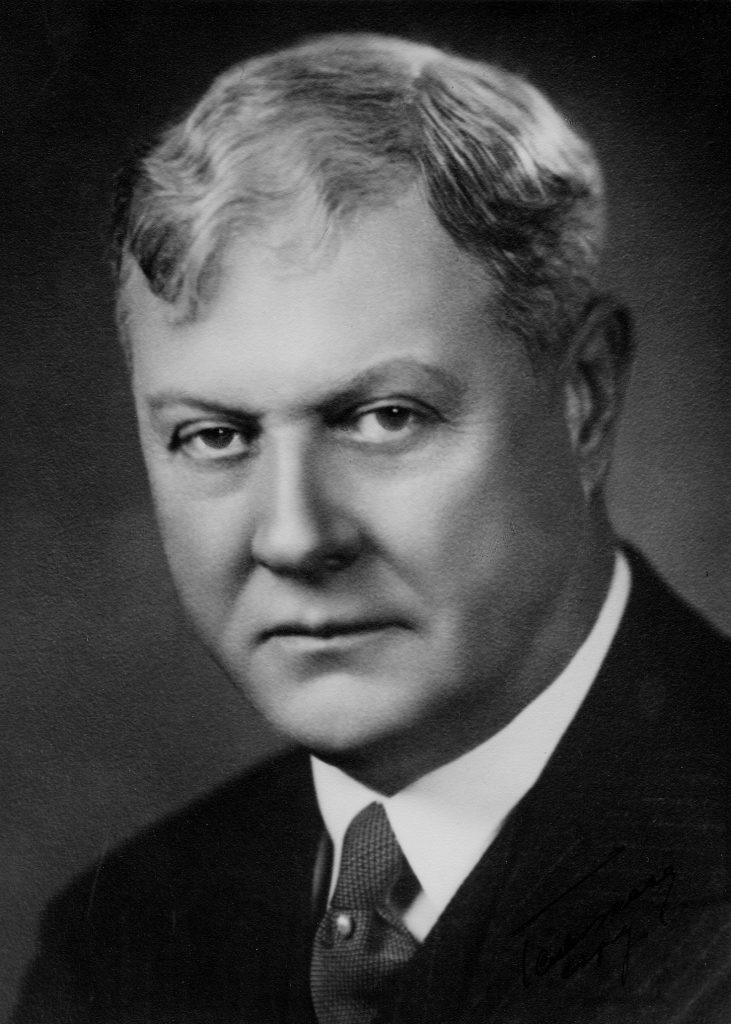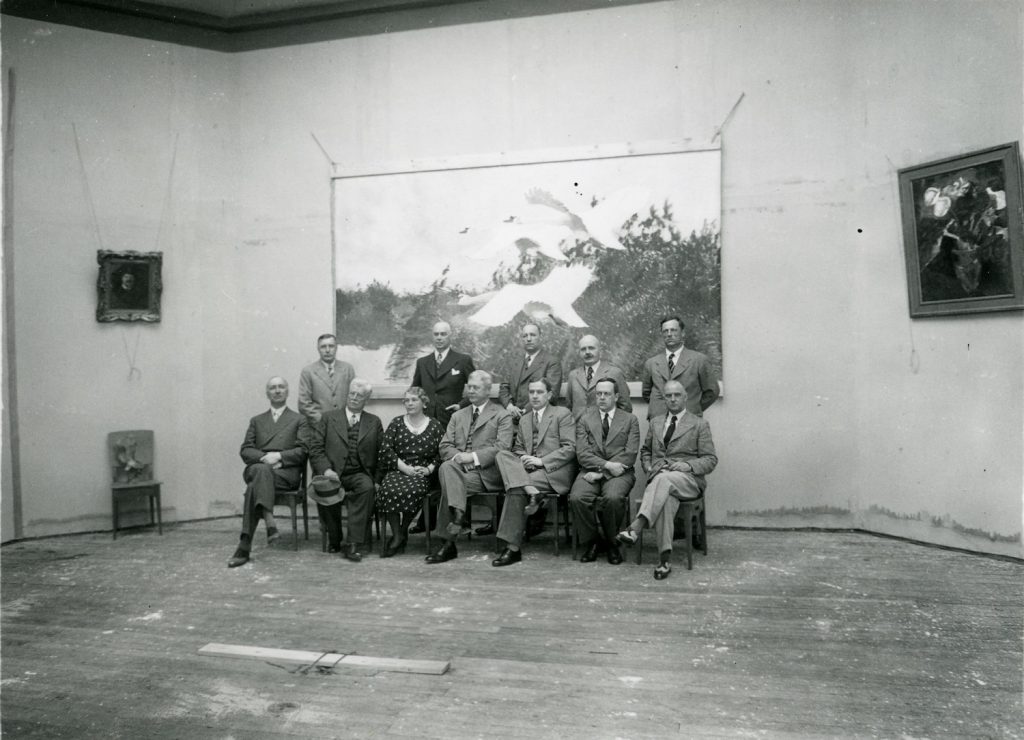Gösta Serlachius’ policy address in 1934
MARCH 2024
Gösta Serlachius gave a speech at the first meeting of his Fine Arts Foundation, which was held in Mänttä at the turn of February and March 1934 over several days.
The meeting was attended by Bertel Hintze, Curator of Kunsthalle Helsinki, Ruth Serlachius and her brother Ph.D. Magnus Björkenheim, sculptor Emil Wikström representing the Finnish Academy of Fine Arts, artist Alwar Cawén representing the Artists’ Association of Finland and the Association of Finnish Sculptors, and Professor Per Olof von Törne representing Åbo Akademi University.
“I give myself permission to disagree,” said Serlachius, after his plans to locate the foundation and museum in Mänttä had been met with wonder and criticism. Why would he bury his artworks in a “trivial” rural locality, in a small factory community that did not exist in the previous generation?
In his speech, Serlachius answered this question and reminded that G. A. Serlachius was already a great art enthusiast who supported art and especially young promising artists Axel Gallén and Emil Wikström with his “often apparently non-existent funds”.
Gösta Serlachius himself had been interested in art since his youth. He showed the participants of the meeting his first art purchase, a portrait of a young woman painted on a chamois, which he had bought at the age of 14 for ten marks. Since then, his art acquisitions had continued, sometimes at longer, sometimes at short intervals, although “the funds needed for purchases were often lacking.”
Serlachius told how he, a boy from Swedish-speaking Ostrobothnia, “by chance” found himself inland in the middle of a beautiful Finnish-speaking lake region and made his home. Mänttä and its mill had grown over the years and the aim had been to make it a “beautiful and ideal rural community”. This had been promoted through town planning and pre-approved building drawings “and in this context, different architects have competed with each other to strive for the most beautiful and appropriate end result”, Serlachius said.
The monumental buildings The Club, the church, the administration building under construction, the plantings and the art museum that is still being planned will make Mänttä a place “that other rural communities can envy us”, said Serlachius. He went on to say that after decades of watching such a community emerge, “one learns perhaps more deeply than many others to love one’s homeland.”
Gösta Serlachius told how he had tried a similar project once before but had not succeeded. Here he referred to the Kunsthalle he had planned in Helsinki, which failed due to financial difficulties and for which he received public criticism. “The ridicule I had to endure felt very bitter.” This made him think that “you don’t have to gather everything beautiful in the capital” and set up his foundation and a museum designed for it in Mänttä. “Even in rural areas, there are people who are interested in art or where interest in art can be aroused.”
Wise from the failed project, he also donated a considerable fortune to the foundation he had established, which is used to maintain the art collection. In addition, he hoped to build a museum building with his own funds during his lifetime.
Finally, he thanked the trustees of the Fine Arts Foundation for their “great sacrifice” and expressed the hope “that we could join forces to support art and beauty in this barren homeland of ours”.
Helena Hänninen
Curator




